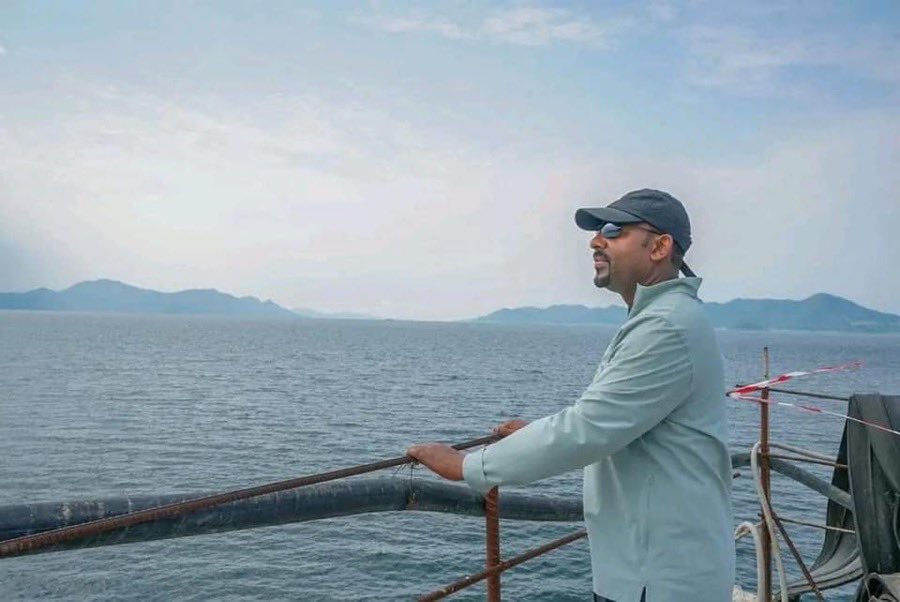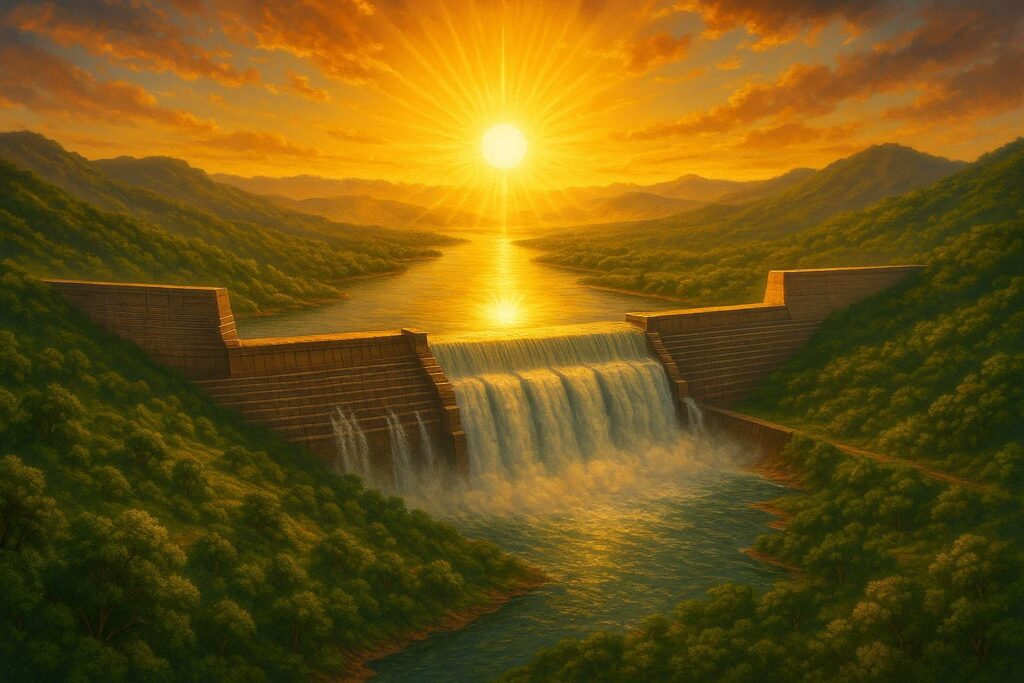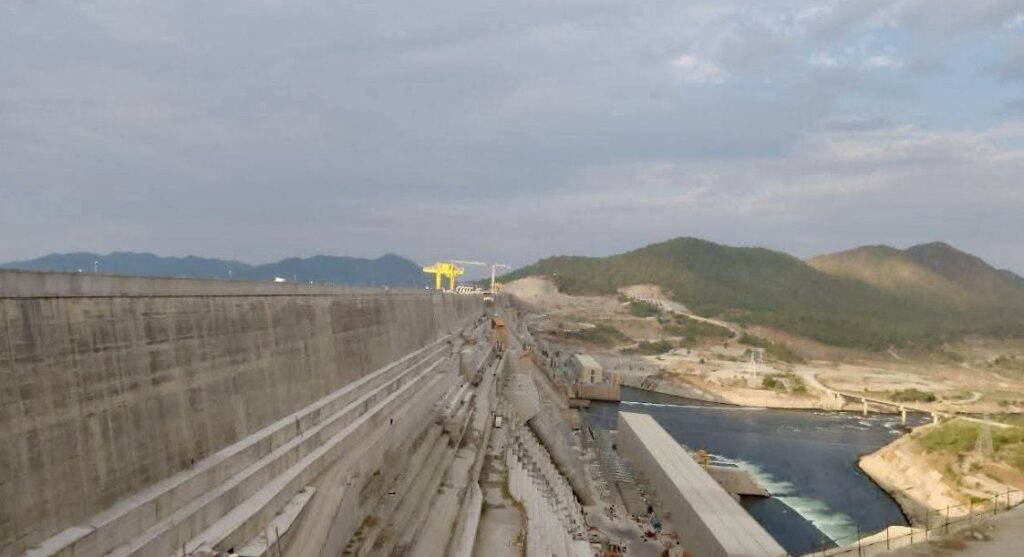Mekelle፡Telaviv, Nairobi, Pretoria, London, (Tigray Herald).
Power to the People: Ethiopia Completes the Grand Renaissance Dam Against All Odds
By Tesema Nadew
The unthinkable has happened. Ethiopia has officially completed the Grand Ethiopian Renaissance Dam (GERD) Africa’s largest hydropower project marking the end of a long, hard-fought journey and the beginning of a new era for Ethiopia and the broader region.
For millions of Ethiopians, this is not just a dam. It is a generational victory one built brick by brick, birr by birr, under immense internal and external pressure. It is a symbol of hope, of resilience, and of the right to self-determination.
A Dream Decades in the Making
Ethiopia’s hydropower potential in the Nile Basin has long been known. As early as the 1960s, U.S. State Department-backed studies outlined the possibilities, yet it wasn’t until April 2, 2011, that Ethiopia laid the foundation stone of what would become the GERD.

Originally envisioned as a modest “border dam,” the initial plan proposed a 90-meter-high structure capable of producing 1,400 MW. But Ethiopia chose to think bigger. Today’s GERD stands at 145 meters high, with a storage capacity of 74 billion cubic meters more than eight times the volume of Lake Mead in the United States. The plant will generate 5,150 MW, effectively doubling Ethiopia’s current power capacity and potentially electrifying the lives of over 60 million Ethiopians who still live without access.
Engineering Feat Meets Diplomatic Firestorm
The GERD is a marvel of African engineering and financial self-reliance. Unlike other mega-projects funded and run by foreign entities, Ethiopians funded this themselves through bonds, contributions, and sacrifices made during turbulent times.
However, this success was not without resistance. Egypt and Sudan have long accused Ethiopia of unilateralism in dam construction. But Ethiopia, in fact, made repeated overtures to negotiate equitable use of the Nile a river that Ethiopia contributes 86% of the water flow to, yet historically was denied a fair share.

The 2015 Declaration of Principles (DoP), signed by Egypt, Sudan, and Ethiopia, enshrined Ethiopia’s right to construct and fill the dam while negotiations continued. Ethiopia upheld its end of the bargain. It filled. It built. But the talks were gridlocked, largely due to Egypt’s insistence on preserving a colonial-era status quo and demanding legal guarantees to water that does not originate in its territory.
Not Just About Power It’s About Justice
The battle over the GERD reached the United Nations Security Council three times, starting in 2020. There, the international community was forced to confront a historical injustice that two countries downstream used almost all of the Nile’s waters, while the source nation, Ethiopia, remained in the dark.
In a now-iconic statement at the UNSC, Ethiopia’s then Minister of Water and Energy, Dr. Seleshi Bekele, posed a question that echoed across continents:
“Do Ethiopians have the right to drink from the Nile?”
That question has now been answered. With completion of the GERD, Ethiopia has taken its rightful seat at the table of Nile Basin development not through war or coercion, but through engineering, diplomacy, and determination.
The Future Is Bright And Powered
The GERD’s impact will be transformational. Not only will it reduce Ethiopia’s chronic electricity shortages, it will power industries, light rural homes, support irrigation, and potentially even supply electricity to neighboring countries.
Importantly, GERD is not a consumptive dam. It generates power through the natural flow of the river, allowing water to continue downstream. This makes Egyptian and Sudanese objections all the more tenuous, as the dam will not “steal” water but use it responsibly.

This is not just Ethiopia’s victory. It is Africa’s proof that sovereign development is possible without permission from powers clinging to colonial privilege.
A Moment to Celebrate And Look Forward
Despite conflict, inflation, and humanitarian challenges, Ethiopians found unity in building GERD. This project became a collective heartbeat, a beacon in a difficult decade. Now, the turbines are ready. The water is flowing. The light is coming.
Power to the people- at last.




